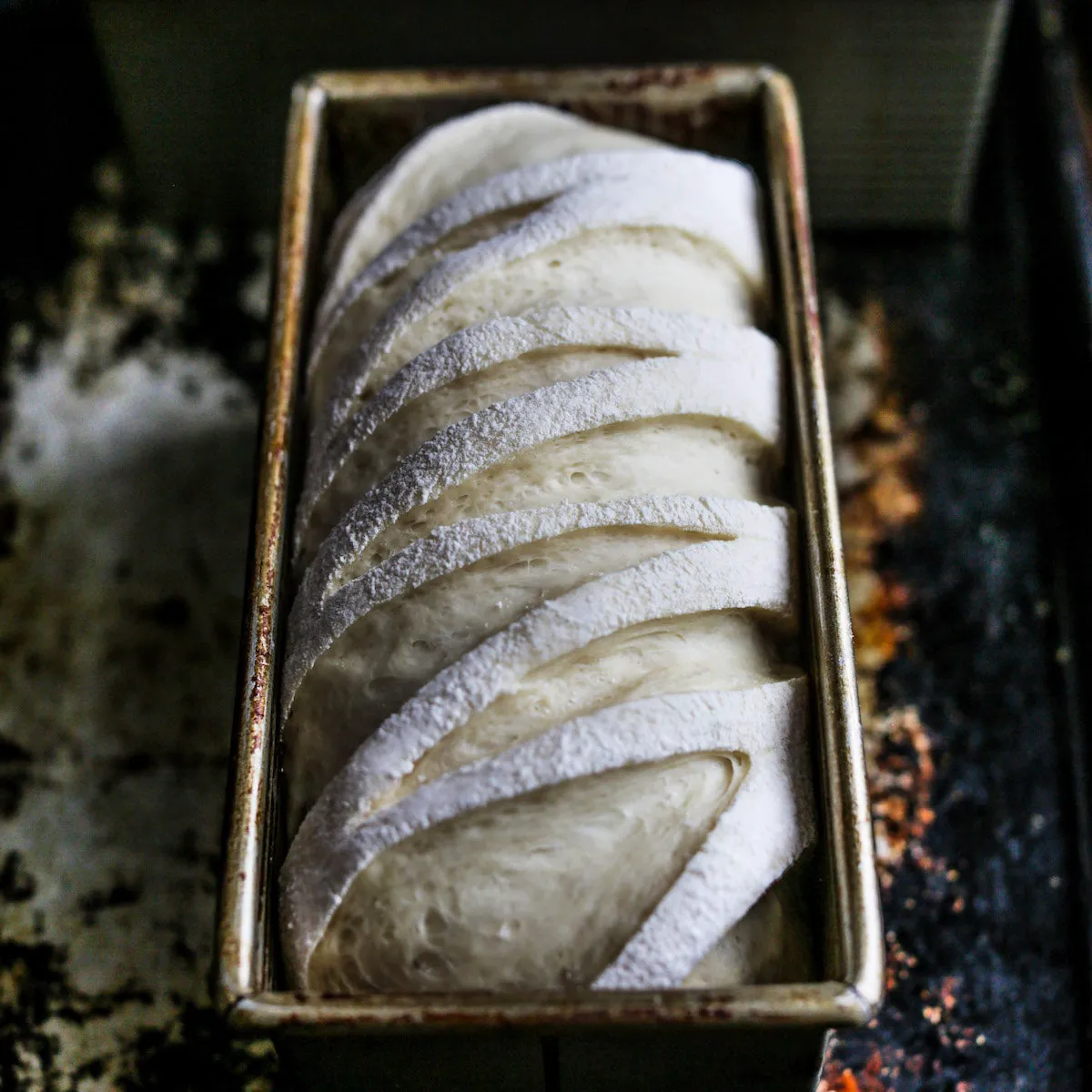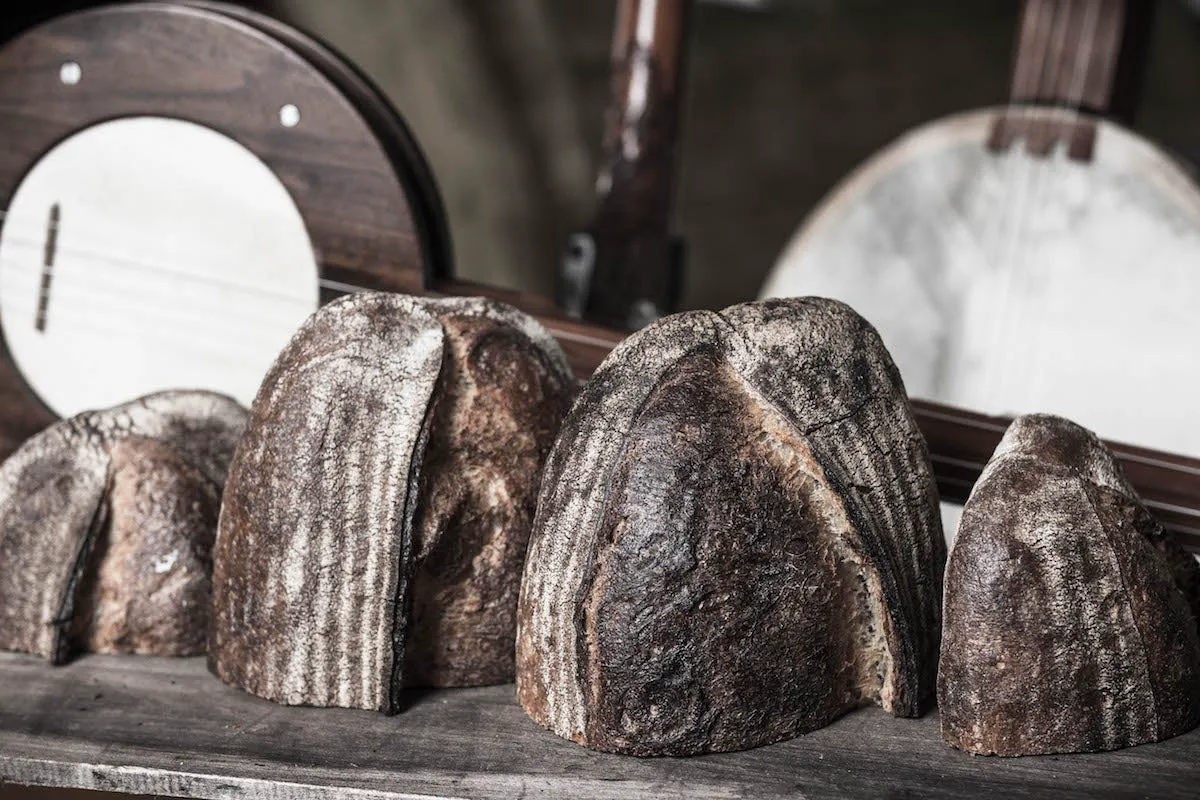Artisan Bread Varieties: Discover the World of Delicious Flavors
Explore the World of Artisan Breads: From Sourdough to Ciabatta
Explore the World of Artisan Breads: From Sourdough to Ciabatta
Ultimate GUIDE: What is Artisan Bread & Why is Different?
The term ‘artisan’ is being used more and more these days, not just in the context of bread, but for many genres where anything is handcrafted or unique. But what is artisan bread and what does the term artisan actually mean? Is it just a word people use to charge more for bread and is artisan bread even a real thing?
The term artisan bread is used to describe bread which has been handcrafted using skill and traditional technique to make a unique and often rustic loaf. Artisan skills can be used to create many bread types using various types of flour, including white, brown, textured flours and flour made from ancient grains.
Read on to find out more about artisan bread types and the methods used to create them, including sourdough and bread made using speciality flour.
Examples of traditional ‘artisan’ methods
When you think about the process that’s used to make sourdough bread, it’s probably the ultimate artisan bread-making method.
With sourdough, you can make a loaf which looks and tastes amazing from just three ingredients, which are flour, water and salt.
A sourdough starter made from just flour and water is used as the leavening or rising agent and added to the other ingredients.
The sourdough starter is fed with more flour and water over a few weeks and ferments to create a bubbling runny dough-type mixture which helps the dough to rise.
Rising time is much slower with sourdough than a dough which is leavened with yeast and it’s this slow fermentation process which creates the wonderful sourdough flavour.
Some bakers recommend adding an extra ingredient to the sourdough starter such as fruit, to speed up the fermentation process.
I prefer to use just flour and water, it works really well and for me keeps the integrity of the three-ingredient bread.
The texture of artisan sourdough is chewy with a crispy crust and it just has a flavour that you don’t get from a loaf made using a quick rise process.
Popular Types of Sainsbury’s Bread
White Bread: White bread is a staple in many households, and Sainsbury’s offers a selection of white loaves that range from the simple to the more premium. Sainsbury’s Taste the Difference White Sourdough is one of the favorites, offering a soft and tangy flavor profile. For those looking for an everyday white loaf, Sainsbury’s British White Bread is widely loved for its soft texture and perfect balance of fluffiness and chew.
Wholemeal and Multigrain Bread: For health-conscious shoppers, Sainsbury’s offers a range of wholemeal and multigrain bread options that are rich in fiber and nutrients. Sainsbury’s Wholemeal Bread is a popular choice, offering a denser texture compared to white bread, which many people prefer for its heartier taste. Additionally, multigrain loaves, like the Sainsbury’s Wholemeal with Seeds, offer extra fiber, along with a crunchy texture due to the seeds.
Sourdough Bread: Sourdough has gained immense popularity in recent years due to its unique tangy flavor and chewy texture. Sainsbury’s offers a variety of sourdough loaves, including Taste the Difference White Sourdough and Sainsbury’s Wholemeal Sourdough. These options are great for anyone who loves a bit of sourness in their bread and is perfect for making gourmet sandwiches or accompanying soups.
Ciabatta and Other Artisan Breads: For those who enjoy something more rustic, Sainsbury’s offers ciabatta, a classic Italian bread known for its airy interior and crunchy crust. The Taste the Difference Ciabatta is particularly popular, providing a perfect texture for dipping into olive oil or serving with pasta dishes. Other artisanal offerings like Sainsbury’s Pain de Campagne (French country bread) are also available for those who prefer a heartier, crustier loaf.
Seeded and Specialty Breads: Sainsbury’s also offers a wide selection of seeded breads, which are often packed with extra nutrients and provide a delightful crunch. Sainsbury’s Wholemeal Bread with Sunflower Seeds and Sainsbury’s Multigrain Seeded Loaf are examples of delicious options in this category. These types of bread are perfect for anyone looking to boost their fiber intake while enjoying a flavorful slice.
Before we begin, let’s talk about what exactly we mean when we say artisan bread. Unlike terms like sourdough or poolish or miche, artisan bread doesn't have an exact agreed-upon definition, but we — and much of the baking world — use it to describe bread made by hand and marked by traditional methods and craftsmanship.
Artisan breads tend to have characteristics like longer fermentation times, fewer ingredients, no additives, and an emphasis on shaping. Artisan breads rely more on method than recipes as you develop the ratios and visual cues that make your bread successful, allowing you to tweak and perfect it by instinct and feel.
The term comes, of course, from the idea of an artisan: a skilled craftsperson — in this case, one practicing the art of baking.



Tegs:
Search
Recent Posts
Subscribe to Updates
Get the latest posts and fashion insights directly in your inbox.